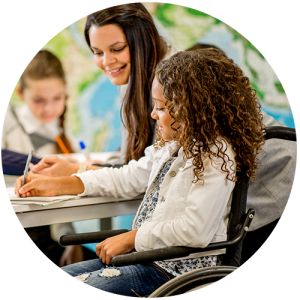Best Practices in Bullying Prevention
While school-based programs are known to reduce behaviors that contribute to bullying, at times bullying prevention programs fail to reach parents or other critical partners in bullying prevention.
For students and families who are impacted by bullying, this disconnect can be particularly problematic.
The Pennsylvania Bullying Prevention Toolkit (for parents, educators and professionals serving children, youth and families) and its subsequent companion guides are intended to provide information, research and resources to aid in the prevention of bullying behaviors and other peer abuse. It is informed by more than 25 years of bullying prevention research and practice, including Preventing Bullying Through Science Policy and Practice,1 a report by the National Academies of Sciences, Engineering and Medicine. The report, released by an interdisciplinary committee of experts, identified the following best practices for school-based bullying prevention and intervention, as well as misdirections in bullying prevention efforts.
Best practices for school-based bullying prevention and intervention.
- Adopt a multi-tiered approach.
- Dedicate class time to fostering social and emotional skills and competencies and communication skills and strategies for responding to bullying.2
- Ensure effective classroom management.
- Clearly define positive expectations for student behavior and reinforce prosocial expectations.
- Provide effective supervision, especially in bullying “hot spots” like the hallways and playgrounds.2-4
- Adopt clear anti-bullying policies and responsive procedures.3
- Collect data on bullying via anonymous student surveys.
- Train all school staff on bullying prevention and intervention.2
- Involve parents and the broader community in bullying prevention.5,6
- Integrate prevention efforts so that there is a seamless system of support.7


